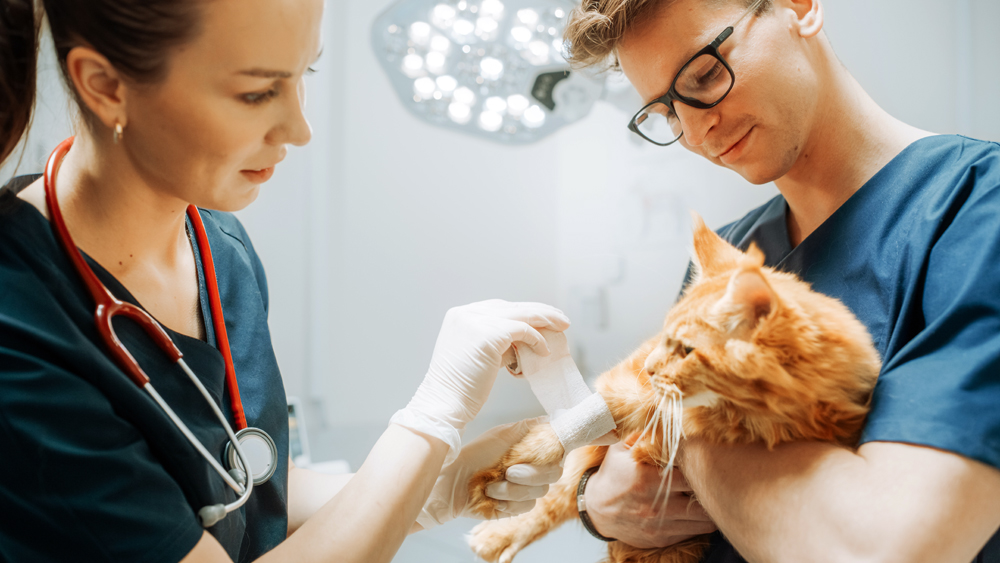2023 ends in a few weeks. Was this the greatest year ever for Veterinary medicine? Probably not, still not the worst for sure. Let’s call it a mixed bag. The dynamics of pet healthcare are stable, but the future isn’t blooming with clarity.
Let’s list the dynamics:
- Millennials and Generation Zs own half of America’s pets. These two generations of pet owners will spend what it takes to provide quality lives for their pets and spend more time enjoying them than any prior generation.
- Uncertainty about access to care has created doubt with pet owners about whether to add another dog or cat to their family.
- Demand for Veterinary school slots grows, while vets are retiring at a steady rate. These retirements include Baby Boomers and Gen Xers. At least eight new schools are pursuing accreditation.
- Veterinary technicians/nurses remain frustrated about compensation, working conditions, and limitations on growth within their profession.
- Shelter intake creeps up, but we’ve not reached the crisis stage.
- A growing number of commercial breeders are pursuing certification by Purdue University’s Canine Care Certified program, by any measure a positive sign that it’s possible to breed puppies humanely and escape the epithet of “puppy mill.”
- Veterinary associations remain resistant to change and, in many cases, even the recognition of a shortage of veterinarians and Veterinary technicians/nurses. The freedom for pet owners to utilize telemedicine or mid-level professionals, two staples of human healthcare, remains under attack by the establishment.
- Technology grows in importance touching every corner of pet healthcare.
- Lack of access to pet-friendly housing remains the greatest barrier to pet ownership across the United States.
We could add to this list, of course, but what intrigues me is how easily our list could be reduced to a single topic: access. Does every pet owner (or potential pet owner) see a path to access medical care? There will be a cloud hanging over the profession and pet industry until the answer is a resounding, “Yes,” and we’re not there, regardless of pronouncements by professional groups saying otherwise.
Access to care is on the agenda of every Veterinary conference, and solutions are being pursued by most groups inside pet healthcare. Let’s break the issue down to its components. Pet owners cannot access care for one or all of three reasons:
- A shortage of working professionals limits the number of appointments available.
- The cost of in-clinic care is beyond the reach of some pet owners.
- Life circumstances or geography makes it impossible for some pet owners to take their dog or cat to a Veterinary clinic.
These three conditions either exist or they don’t. It’s not a matter of debate. One side is right, and one side is wrong. Each city, town, suburb, or region either has open appointments available for local pet owners or it doesn’t. Every pet owner can afford to pay for in-clinic services or they can’t. Every pet owner can find a way to get to a clinic with an available appointment or they can’t. If groups are determined to convince the profession, industry, and pet owners that there isn’t a shortage, then prove it. Until then, let’s push even harder for real solutions and options so the human-animal bond is enjoyed by each American who wants this experience.
When this happens, then the future of pets in America will no longer be uncertain.

